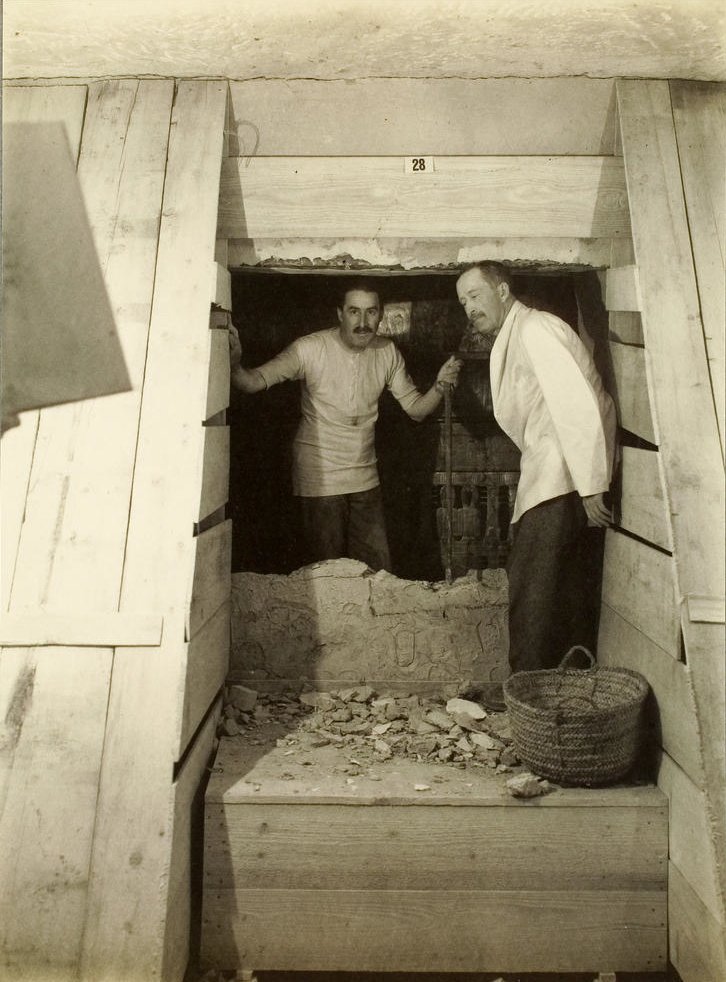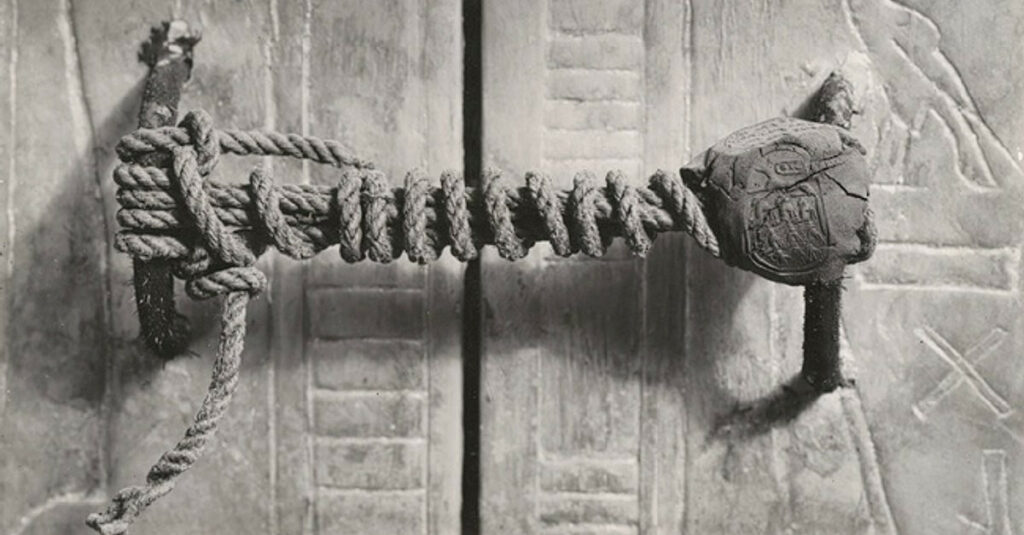A Captivating Tale from Ancient Egypt

For centuries, the legend of the “Pharaoh’s Curse” has captured the imagination of people worldwide. It all began with the discovery of King Tutankhamun’s tomb in the Valley of the Kings near Luxor, Egypt, in 1922. When archaeologist Howard Carter opened a small hole to peer inside, he unleashed a global fascination with ancient Egyptian treasures – and a sensational tale of a deadly curse.
The Origin of the Curse

While Hollywood movies have perpetuated the myth of the mummy’s curse, its roots can be traced back much further. According to the late Egyptologist Dominic Montserrat, the concept originated in 19th-century London, where a “striptease” of real Egyptian mummies inspired writers to pen tales of mummy revenge.
Even famous authors like Louisa May Alcott, the writer of Little Women, contributed to the lore with her lesser-known work, “Lost in a Pyramid; or, The Mummy’s Curse.”
Ancient Egyptian Security System

However, some experts believe the curse concept existed in ancient Egypt as a primitive security system. Egyptologist Salima Ikram notes that some early tombs were inscribed with “curses” meant to terrify those who would desecrate or rob the royal resting places, threatening divine retribution or death by crocodiles, lions, scorpions, or snakes.
The Biological Threat

In recent years, some have suggested that the Pharaoh’s curse was biological in nature – sealed tombs housing pathogens that could be dangerous or even deadly to those who opened them after thousands of years. While mummies and tomb walls have been found to harbor mold and bacteria, scientists agree that the risk is minimal, and no archaeologist or tourist has experienced afflictions caused by tomb toxins.
The Enduring Legend

Despite the lack of evidence, the legend of the Pharaoh’s curse persists, fueled by the allure of ancient treasures and the mystique of the unknown. Like the movie mummies that invoke the malediction, this captivating tale seems destined to never die, forever etched in the collective imagination of humanity.

